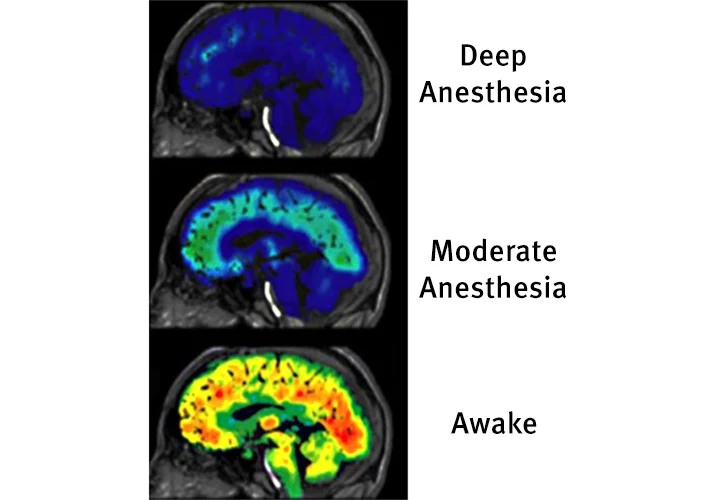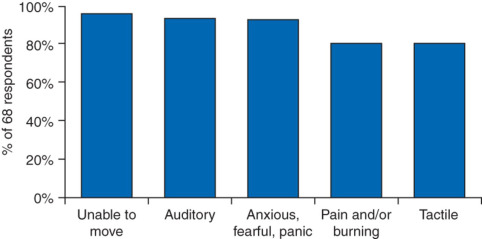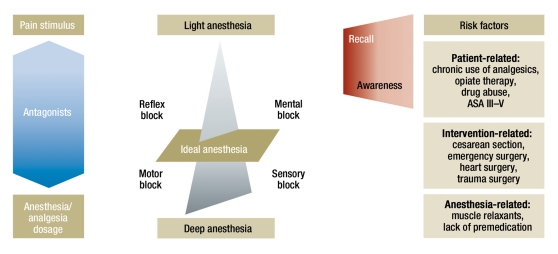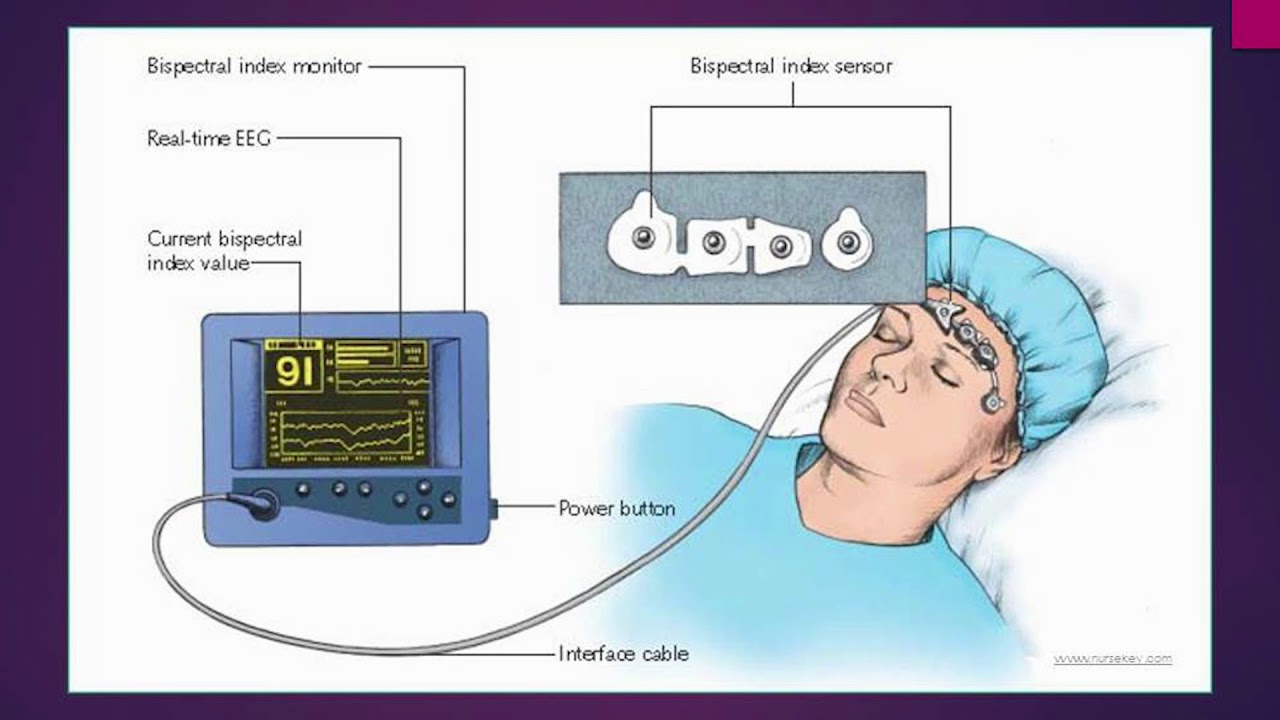Many people fear the simple thought of getting a surgery, but unfortunately there are worse things to worry about. Out of 1000 people who go into a surgical procedure, two people will leave the hospital traumatized for the rest of their lives, and when they attempt to explain their experience, they are not believed. This rare condition is called Intraoperative Awareness. A study done by Samuelsson reports that some patients experience extended and unwanted results range from post traumatic stress disorder to severe depression. Also, 33% of patients also experienced psychological problems such as anxiety, nightmares and flashbacks.

Deep Anesthesia, Moderate Anesthesia, Awake (Yale)








